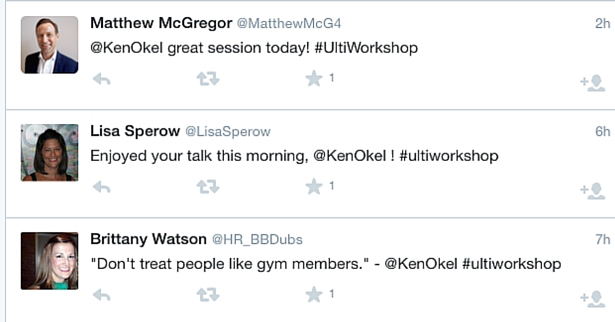 You learn about handling change on the job after a new policy or procedure comes to the office. While the new way of doing things may not change the outcome, it may make life easier or more efficient.
You learn about handling change on the job after a new policy or procedure comes to the office. While the new way of doing things may not change the outcome, it may make life easier or more efficient.
Some may be reluctant to embrace change. That’s understandable thinking but it may be shortsighted.
Sometimes, it’s not just the problem that you have to consider but the number of people who have to solve it.
To understand this scenario, let’s hop into a car and consider its headlights.
In the beginning, your headlights would only turn off if you moved a switch. If you forgot, then your car’s battery would likely be drained and you’d be in trouble. That’s a big problem.
Some people would help out and become heroes when they would yell out, “Hey, you forgot to turn off your lights.”
If no one noticed, you’d likely have to enlist a friend, a stranger, or a tow truck to jump start your car.
Later, someone had the idea to have an alarm sound if your engine was turned off and you were getting out a car that still had its lights on.
While this was a good solution, distracted people or those who were wearing a bluetooth device or headphones might not hear the alarm. Still, it was a step in the right direction.
Today, many cars have a timer connected to the headlights. If your car is parked for more than a few minutes, with the engine turned off, then the lights will automatically go off. Today, I know some young drivers who think that this is how headlights are turned off.
Through all of these scenarios, the problem is the same. The solution changed over time. It evolved into one that requires no effort from you or someone to help you.
In your world, consider how many people need to be involved with a problem or a solution. If you can keep people from having to drop everything to help, then the change in process or procedure is worth pursuing. Think carefully when handling change on the job.







